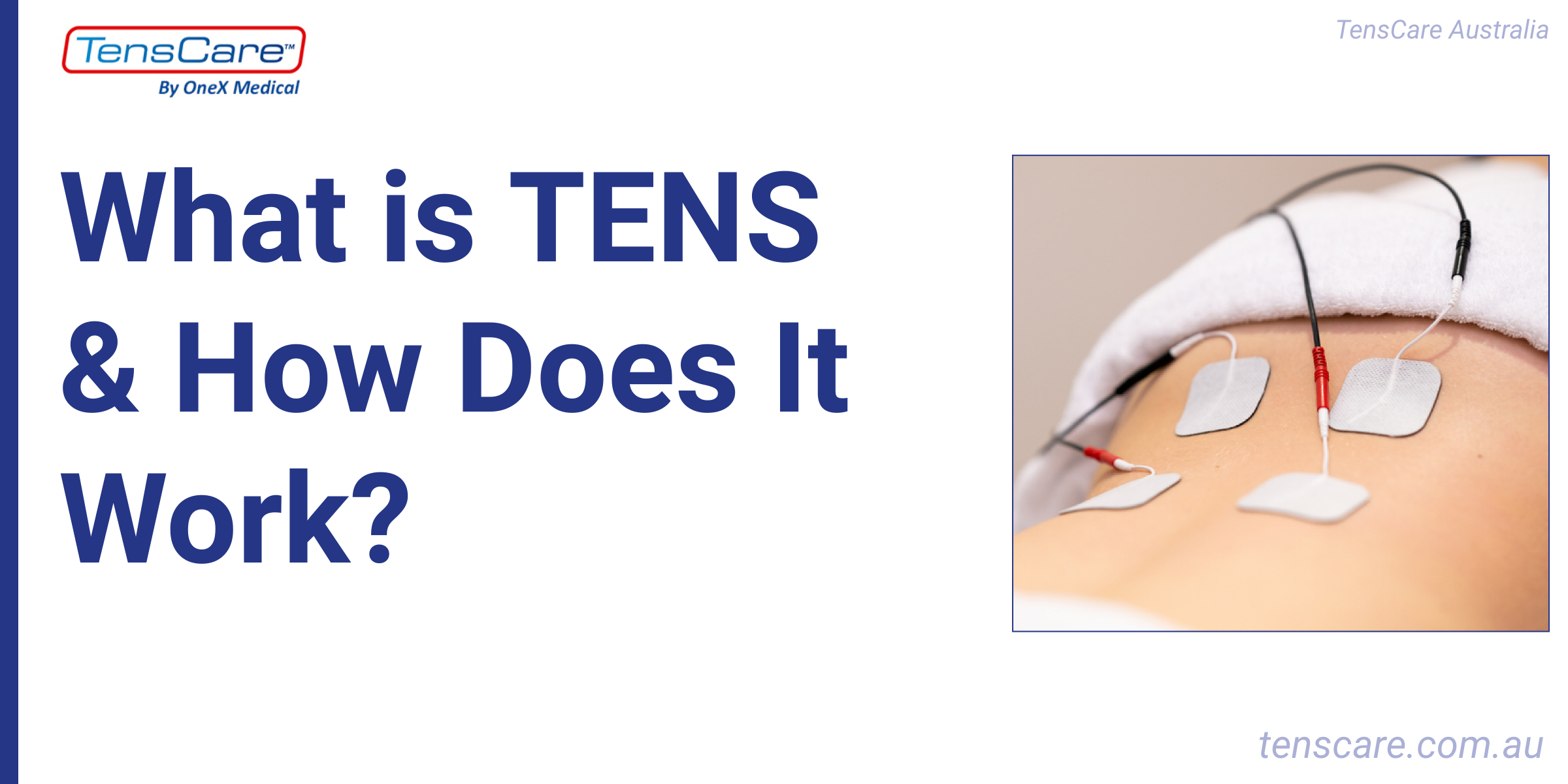
TENS is a method of pain relief. TENS stands for: Transcutaneous Electrical Nerve Stimulation.
TENS therapy offers a natural alternative for pain relief and can provide long-term benefits without the unwanted side effects often associated with medications.
TENS therapy is widely recommended by pain clinics and physiotherapists globally. It not only reduces pain but also helps minimise the reliance on painkillers. Essentially, TENS stimulates your body's natural defence mechanisms against pain.
TENS units send a mild electrical current through adhesive electrode pads placed near the pain source. This current stimulates sensory nerves that carry signals related to touch and temperature. These nerves share pathways in the spine with pain-carrying nerves. When the sensory nerves are activated, chemicals are released that block pain signals from reaching the brain—a concept known as the "Pain Gate."
Pain Gate Mode: When using TENS in this mode, pain relief is felt while the unit is active. The effect may diminish after 1-2 hours, but the session can be paused and restarted as needed.
Endorphin Release
At lower frequency settings, TENS also triggers the release of endorphins—natural pain-relieving chemicals produced by the body.
Many individuals experience pain reduction, while others may need repeated sessions over time to achieve optimal results.
Always read the instructions carefully and consult with your healthcare provider before starting TENS therapy.
According to healthdirect , TENS is suitable for managing pain from, TENS has been used to give pain relief for various conditions, including:
Other conditions that may benefit from TENS include:
TENS should not be used:
By understanding how TENS works and its wide-ranging benefits, you can explore a natural, effective solution for pain management tailored to various conditions.
Learn more about TENS here.